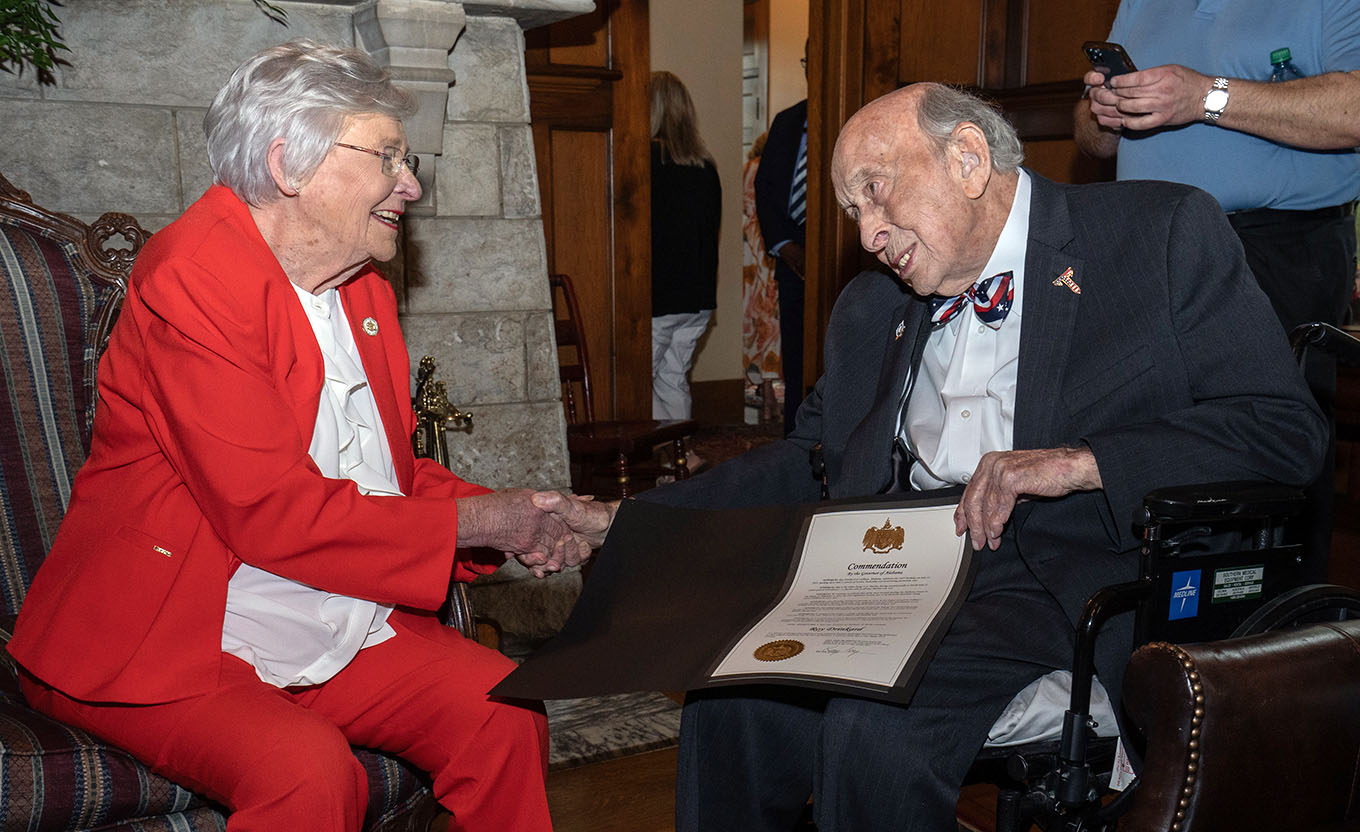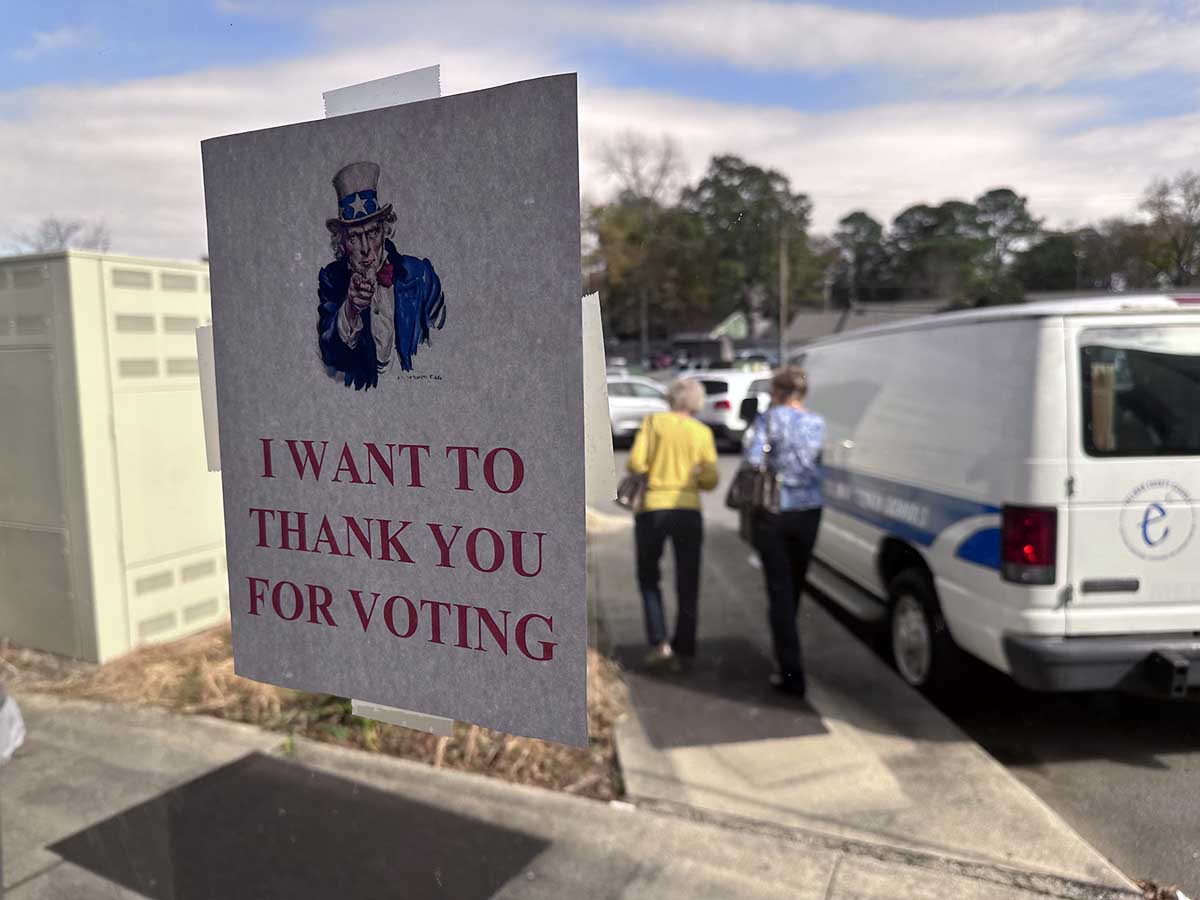‘Alternative’ school lunches for debtors cause stir as bills stack up
Published 12:20 pm Wednesday, January 13, 2016

- 'Alternative' school lunches for debtors cause stir as bills stack up
KOKOMO, Ind. — A central Indiana community is pushing back after a lunch of cheese sandwiches was served to indebted students, adding another incident the nationwide discourse over school lunches and the associated debt dilemma.
Cheese sandwiches were served to students with a negative balance of at least $25 on their school lunch accounts, the charge limit set by a new policy Kokomo School Corp.’s board of education approved Dec. 7.
Trending
The policy was expected to be implemented with the start of the second semester on Tuesday, however, administrators decided to postpone until Feb. 1 after receiving complaints from parents and students about the “alternative meal.”
“I think it’s the right thing to do to let everyone get their ducks in a row,” school board president Cristi Brewer-Allen said of delaying enforcing the new policy until February. “At some point people have to know this is money that comes out of the lunch fund, so [food services] has to come up with it from other places within the fund.”
Brewer-Allen thinks people were surprised when the new policy was enforced Tuesday, but she noted that letters were sent to parents notifying them of the charge limit.
Michael Glassburn said his daughter — a high school senior — was surprised to see her friend served a cheese sandwich in the lunch line Tuesday.
“That’s got to be embarrassing for the kids,” he said. “It’s not even an adequate amount of food to feed them.”
The alternative meal that Glassburn and other parents find embarrassing is similar to others found in school cafeterias across America in districts where debt linked to feeding students has pushed administrators — and resources — to the limit.
Trending
According to a 2012 Huffington Post article, schools in Davidson County, North Carolina, implemented a policy in 2011 that limited student lunch debt to $11.75 before students were only permitted an alternative lunch consisting of cheese or peanut butter sandwiches with fruit, vegetables and milk until the debt was settled. This alternative lunch – which the piece calls “a lesser, and less costly, version of a regular meal with meat, and one that the USDA will reimburse,” has seemingly become a mainstay in cafeteria fare.
So why the need for an “alternative meal” in the first place? Looking at financial numbers from several school districts in the country, this is the only way some students would have the opportunity to eat a midday meal while the unpaid charges rack up.
As late as September and October of 2015, one school district reported outstanding lunch fee amounts of $182,109 while the city of New York has absorbed at least $42 million in unpaid lunch fees since 2004, according to the New York Times. Funds tied to school lunch debt not only affect students with unpaid balances, but also affect schools and districts, as cuts in other academic areas must be made to provide alternative meal options.
The issue also creates a catch-22 of sorts for cafeteria workers and administrators who know that children need to eat while overdrawn accounts still loom.
In Indiana, Glassburn would like to see more food provided with the alternative meals, and he wants to parents to be notified of an overdrawn account.
While Glassburn may echo the sentiments of parents nationwide, the truth of the matter is that parents and guardians are often notified of overdrawn and negative accounts times over before little — if anything at all — is done to reconcile the balances.
As for menu options, the standards of what is served to students with overcharged accounts and negative balances comes down to one important factor — resources.
Schools’ food service departments are unique in that they are self-funded; separate from the school corporation’s other funds. The National School Lunch Program provides some reimbursement to food service departments for meals served that meet federal nutrition guidelines, and the departments are required to break even financially every year in order to continue receiving that federal funding.
In Kokomo, district schools’ unpaid lunch account debt had reached more than $70,000 a year recently, and it is difficult for the school corporation to recover that money. The school corporation’s most recent audit — which looked at financial records from 2012 to 2014 — found that unpaid student lunch accounts totaled $70,000 for the 2012-13 school year, and that total rose even higher to $78,304 for the 2013-14 school year. Some individual students’ lunch balances exceeded $500, the audit states.
As debts rise, some school districts have even resorted to getting debt collector services involved, going after the parents responsible for the account issues. Glassburn said his daughter accumulated a negative balance on her lunch account last school year, and her mother is still paying off that debt after collectors took the issue to court.
The Indiana state auditor recommended Kokomo Schools adopt a new policy limiting how much students can charge to their lunch accounts and better documenting of that debt. Brewer-Allen said she’s not in favor of singling out students whose parents don’t pay for their lunches by giving them an alternative meal, but she felt there was no other choice but to adopt the policy.
“I get the struggle, I really do,” she said, noting she had to use a bright red lunch card to receive free and reduced-price lunches while she was in school. “I don’t think any student should be made fun of. Where’s the compassion from fellow students to go, ‘I’m sorry your mom didn’t have money for your lunch.’”
While the “shaming” of students in the lunch line has been a popular point of conversation for years, the fact remains that parents just aren’t paying when it comes to student lunch debt, which often leaves the districts “on the hook to pick up the tab,” according to the Student Nutrition Association (SNA), which released a 2014 survey related to the issue.
The organization reports that while the USDA considers unpaid meal policies a matter of “local discretion,” little guidance is provided on how to respond when students come to school without lunch money or have overdrawn meal accounts, which only makes the problem worse nationwide.
When it comes to solutions, SNA Director of Media Relations Diane Pratt-Heavner said that education and action on the part of parents are important keys.
According to Pratt-Heavner, parents and administrators should be knowledgeable about and take advantage of free-lunch programs and other resources in order to monitor and quell student lunch debt. While this won’t quickly stop the country’s lunch debt accumulation, Pratt-Heavner believes this is a move in the right direction.
“Parents should know that failing to enroll in the program or pay for their students’ meals saddles the district with a debt that impacts the quality of meals for all students, and can eventually deplete education funds,” she said. “Parents and school administrators must work together to strike a balance and develop meal policies that respect students, while preventing escalating unpaid meal debts.”
“It’s a tough situation, but it comes down to making sure parents are educated on their options and apply for programs that will help cut down on the potential for accumulating school lunch debt.”
The Kokomo, Indiana Tribune contributed details to this story.





